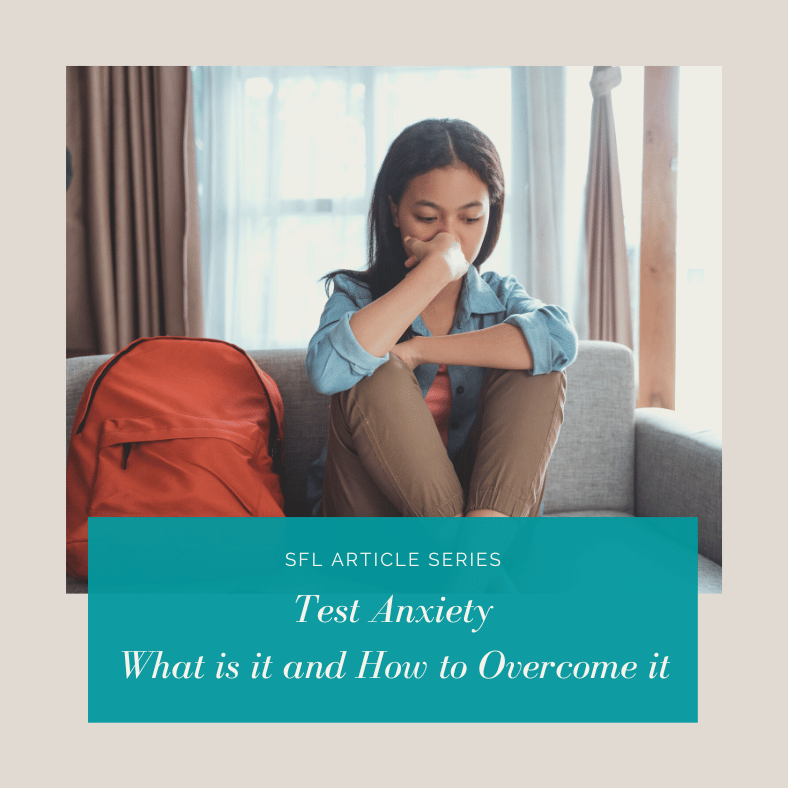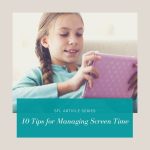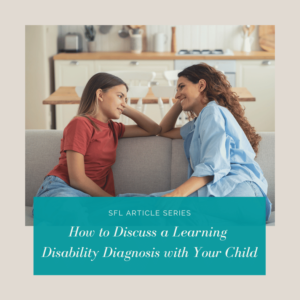No products in the cart.

Test Anxiety, regardless of age, is a common human experience. Most people can relate to feeling of angst or dread around tests, whether it is an academic exam, a driving test, or even a simple COVID test. While these feelings may never completely go away, the most effective strategy to mitigate these undesirable feelings is to be well prepared.
Symptoms of Test Anxiety
Some examples of physical symptoms include rapid heartbeat, sweating, upset stomach, sweating, headaches, nausea, restlessness, and shortness of breath. Many children and teens will also experience an inability to concentrate or stay focused, difficulty recalling information, self-doubt, negative self-talk, feelings of panic and dread, and low self-esteem. Although some levels of test anxiety are normal and can increase alertness and performance, excessive or overwhelming anxiety can be debilitating.
Triggers of Test Anxiety
There are a number of factors that cause test anxiety and will depend on each individual. Some common triggers include fear of failure, bad past experiences, lack of preparation, perfectionism, and high levels of pressure from parents or peers. Physical factors like lack of sleep, hunger, and unaddressed learning or physical disabilities can also contribute.
Tips for Overcoming Test Anxiety
Tip #1 Know what content will be on the test
If the test is for a class in school, it will usually cover a set number of weeks of class material. Make sure you know which material will be on the test and check to see if you have notes, a study guide, or practice examples to help you study. If you’re taking a standardized test, there may be specific learning standards it will cover. Familiarize yourself with these standards and take advantage of available practice tests.
Tip #2 Know the test format
Oftentimes we experience anxiety because of the unknown. The more information you have on the test, the less room there is for uncertainty. Here are some questions you can ask yourself in preparation for the test.
- Is the test multiple choice, extended response, or both?”
- How many questions does the test have?
- How long do I have for the test or is the test untimed?
- Is the test on a computer and if so how does it typically run? Can you go back and forth between questions? What tools (such as digital annotations, calculator, etc) will be available or not available during the test?
- What does the test look like? Are there longer passages to read or are the questions concise?
Tip #3 Know the test’s settings or conditions
If you’re taking a test at school, whether it’s a class exam or a standardized test, knowing where and with whom you’re testing can help reduce some of the anxiety. If you have accommodations, it can be helpful to know ahead of time which room you’ll be testing in, with which teacher, and how many other students will be present. It can also be helpful to know if there are breaks during the test and for how long. Some schools hold practice sessions of standardized tests during the school year to help familiarize students.
Tip #4 Take practice tests
Taking practice tests is a great way to minimize test-related anxiety because it will give you a good idea of what to expect and how well you know the material. They allow you to become familiar with what types of questions you’re getting right or wrong. Some online practice tests may even tell you the category of each question and why certain responses are correct or incorrect to help you improve before the big day.
Lastly, remember to take some deep breaths before and during the test. You got this!
Written by Samantha Katz, M.A. Education
Related Articles
Looking for Academic Support and other Educational Services?
You can schedule a free initial consultation to learn more about our services. We will listen to your concerns, answer any questions, learn about the student’s needs, and help guide you through our new student intake process.






